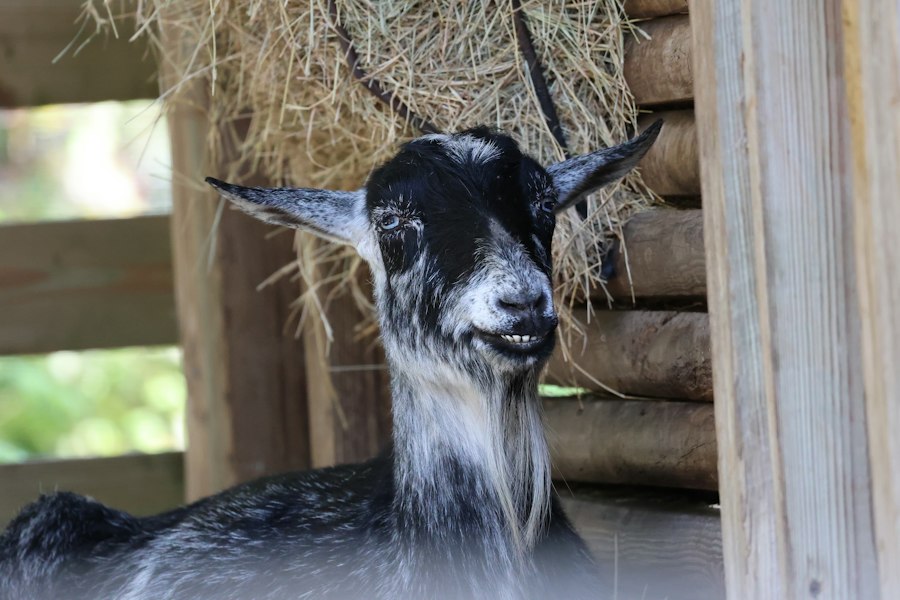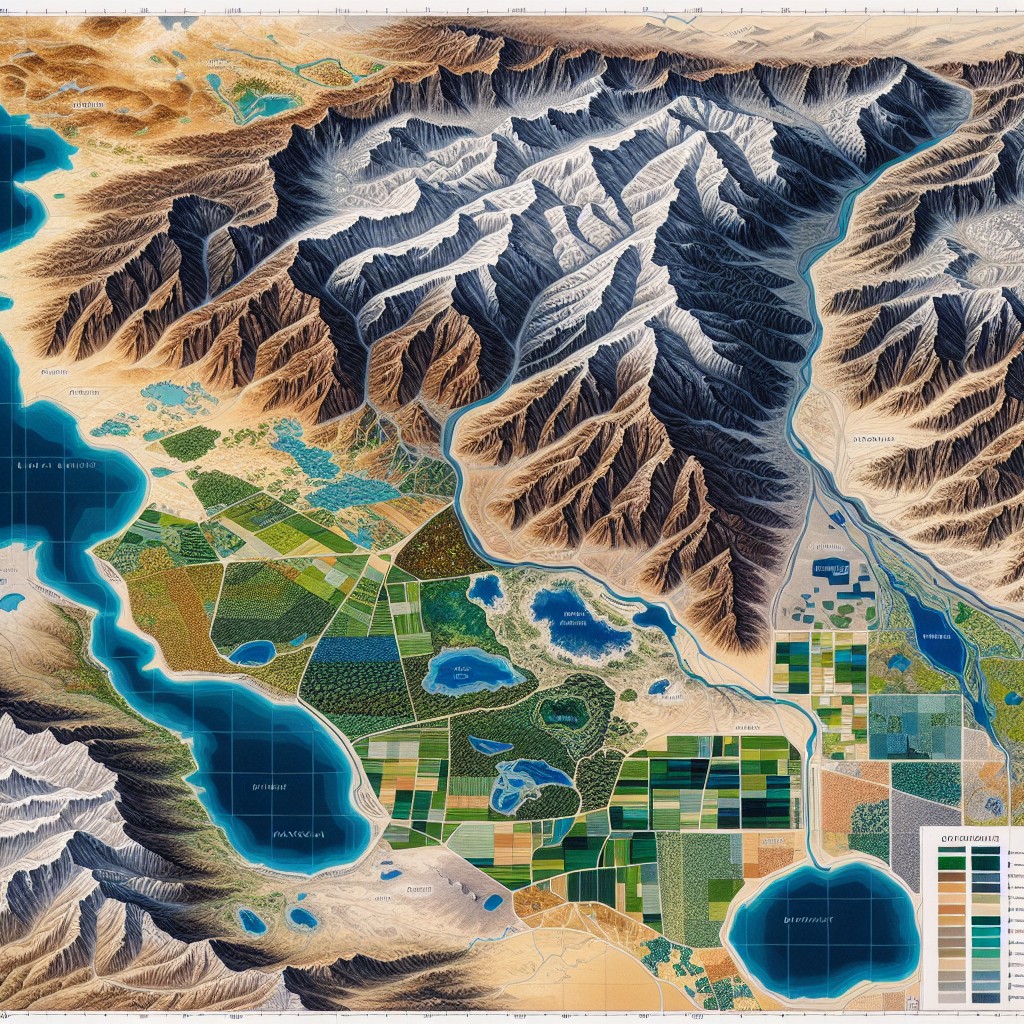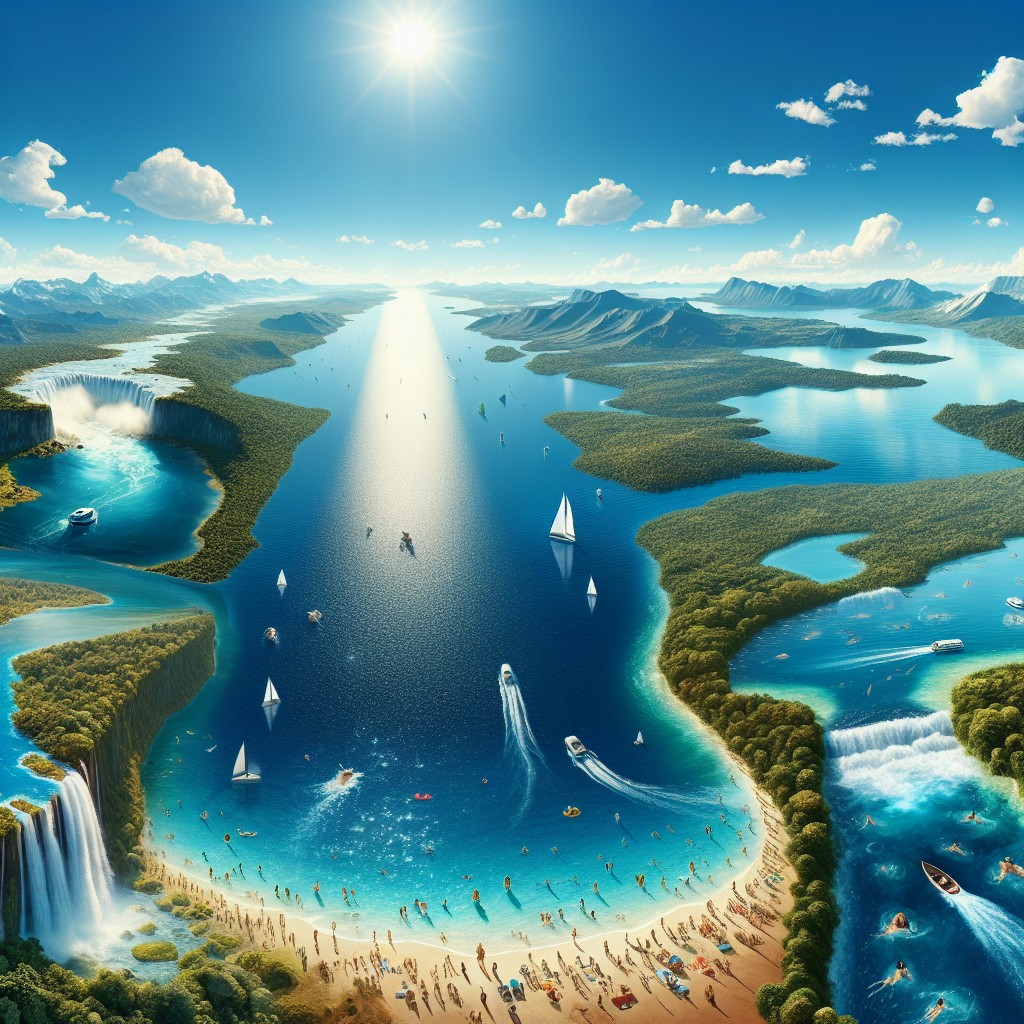Chad, located in Central Africa, is a landlocked country with a rich cultural heritage and a fascinating history. It is bordered by Libya to the north, Sudan to the east, the Central African Republic to the south, Cameroon and Nigeria to the southwest, and Niger to the west. Chad has been inhabited for thousands of years and has been influenced by various empires and civilizations throughout its history.
Chad’s cultural diversity is one of its greatest assets. The country is home to over 200 different ethnic groups, each with its own unique traditions, customs, and languages. The largest ethnic groups include the Sara, Arab, Kanembu, and Ouaddai. These diverse ethnic groups contribute to the vibrant cultural tapestry of Chad.
Chad has also played a significant role in the African continent. It has been a crossroads for trade routes and has been influenced by various empires, including the Kanem-Bornu Empire and the Ouaddai Empire. Chad gained independence from France in 1960 and has since become an important player in regional politics and security.
Summary
- Chad is a country with a rich culture and history.
- Natural wonders in Chad include Lake Chad and the Ennedi Plateau.
- Chad is home to diverse ethnic groups and traditions.
- N’Djamena is a vibrant capital city worth exploring.
- Colonialism has had a lasting impact on modern society in Chad.
Discovering the Natural Wonders of Chad: From Lake Chad to the Ennedi Plateau
One of Chad’s most significant natural wonders is Lake Chad, which is located in the western part of the country. Lake Chad is one of Africa’s largest lakes and is an important water source for millions of people in the region. It is also home to a diverse range of wildlife, including hippos, crocodiles, and various bird species.
Another natural wonder in Chad is the Ennedi Plateau, located in the northeast part of the country. The Ennedi Plateau is known for its unique rock formations, which have been shaped by wind and water erosion over millions of years. These rock formations create a stunning landscape that attracts adventurers and nature enthusiasts from around the world.
In addition to Lake Chad and the Ennedi Plateau, Chad is also home to other natural attractions, such as the Zakouma National Park and the Tibesti Mountains. Zakouma National Park is known for its diverse wildlife, including elephants, lions, and giraffes. The Tibesti Mountains, on the other hand, offer breathtaking views and are a popular destination for hikers and mountaineers.
The People of Chad: Exploring the Diverse Ethnic Groups and Traditions
Chad is home to over 200 different ethnic groups, each with its own unique traditions, customs, and languages. The largest ethnic groups in Chad include the Sara, Arab, Kanembu, and Ouaddai. These ethnic groups have distinct cultural practices that have been passed down through generations.
The Sara people, for example, are known for their vibrant music and dance traditions. They use various musical instruments, such as drums and flutes, to create rhythmic melodies that accompany their dances. The Arab people, on the other hand, have a rich storytelling tradition and are known for their oral literature.
Preserving Chad’s cultural heritage is of utmost importance. It not only helps to maintain the identity of different ethnic groups but also contributes to the overall cultural diversity of Chad. Efforts are being made to document and preserve traditional practices, such as music, dance, and crafts, through cultural festivals and educational programs.
N’Djamena: The Vibrant Capital City of Chad
| Population | 1,605,696 |
|---|---|
| Area | 98.81 km² |
| Official Language | French, Arabic |
| Climate | Semi-arid |
| Major Religion | Islam |
| Attractions | N’Djamena Grand Mosque, National Museum of Chad, Avenue Charles de Gaulle |
| Economy | Agriculture, Oil, Livestock |
| Transportation | N’Djamena International Airport, Bus, Taxi |
N’Djamena is the capital city of Chad and is located in the southwestern part of the country. It is situated on the banks of the Chari River and serves as an important economic and political hub in Chad. N’Djamena has a rich history that dates back centuries and has been influenced by various empires and civilizations.
The city is home to several landmarks and attractions that showcase its cultural and historical significance. The National Museum of Chad, for example, houses a collection of artifacts that highlight the country’s history and cultural heritage. The Grand Mosque, one of the largest mosques in Africa, is another important landmark in N’Djamena.
N’Djamena is also an important economic center in Chad. It is home to various industries, including oil refining, textile manufacturing, and food processing. The city’s strategic location on the banks of the Chari River makes it an important transportation hub for goods and people.
The Legacy of Colonialism in Chad: Understanding the Impact on Modern Society
Chad has a complex colonial history that has had a lasting impact on its society and economy. The country was colonized by France in the late 19th century and remained under French rule until it gained independence in 1960. During this period, Chad’s resources were exploited by the French colonial administration, leading to economic inequality and social unrest.
The legacy of colonialism can still be seen in Chad today. The country continues to face challenges such as poverty, corruption, and political instability, which can be traced back to the colonial era. The division of Chad into different administrative regions by the French also created ethnic tensions that still exist today.
Acknowledging and addressing the legacy of colonialism is crucial for Chad’s development and growth. This includes promoting social justice, economic empowerment, and political stability. It also involves recognizing and valuing Chad’s cultural heritage and promoting inclusivity and diversity.
The Challenges Facing Chad: Poverty, Conflict and Environmental Issues

Chad faces numerous challenges that hinder its development and growth. One of the most pressing challenges is poverty. According to the World Bank, over 40% of Chad’s population lives below the poverty line. Poverty is particularly prevalent in rural areas, where access to basic services such as healthcare and education is limited.
Conflict is another major challenge facing Chad. The country has experienced periods of political instability and armed conflict, particularly in the eastern and northern regions. These conflicts have resulted in displacement, loss of life, and the destruction of infrastructure.
Environmental issues also pose a significant challenge to Chad. The country is prone to droughts and desertification, which have a negative impact on agriculture and food security. Climate change exacerbates these challenges, leading to increased vulnerability for communities that rely on natural resources for their livelihoods.
Addressing these challenges requires a multi-faceted approach. It involves investing in education and healthcare to alleviate poverty, promoting peace and reconciliation to address conflict, and implementing sustainable environmental practices to mitigate the effects of climate change.
Chad’s Rich Artistic Heritage: From Music and Dance to Traditional Crafts
Chad has a rich artistic heritage that encompasses various forms of expression, including music, dance, and traditional crafts. Music and dance play an important role in Chad’s cultural traditions and are used to celebrate important events and ceremonies.
Traditional music in Chad is characterized by rhythmic drumming, melodic flutes, and vocal harmonies. Each ethnic group has its own unique musical style and instruments. Dance is often accompanied by music and is used as a form of storytelling or as a way to express joy and celebration.
Traditional crafts are also an important part of Chad’s artistic heritage. Artisans create intricate pottery, woven baskets, and wood carvings that reflect the cultural traditions of different ethnic groups. These crafts are not only beautiful but also serve practical purposes in everyday life.
Preserving and promoting Chad’s artistic heritage is crucial for maintaining cultural diversity and promoting tourism. Efforts are being made to support local artisans through training programs and marketing initiatives. Cultural festivals also provide a platform for artists to showcase their talents and share their traditions with a wider audience.
Culinary Delights of Chad: Sampling the Local Cuisine
Chad’s cuisine is a reflection of its diverse cultural heritage and natural resources. The country’s cuisine is influenced by Arab, French, and African culinary traditions, resulting in a unique blend of flavors and ingredients.
One of the most popular dishes in Chad is called “dégué,” which is a millet porridge that is often served with milk and sugar. Millet is a staple crop in Chad and is used in various dishes, including bread, couscous, and beer.
Another popular dish in Chad is “suya,” which is a grilled meat skewer seasoned with spices such as ginger, garlic, and chili powder. Suya is typically made with beef or chicken and is often served with a side of vegetables or rice.
Chad is also known for its variety of soups and stews. One popular soup is “ndolé,” which is made with bitter leaves, peanuts, and meat or fish. Another popular dish is “choukouya,” which is grilled meat marinated in a spicy sauce and served with onions and tomatoes.
Exploring Chad’s culinary culture not only provides an opportunity to taste delicious dishes but also allows visitors to learn about the country’s cultural traditions and agricultural practices.
Exploring Chad’s Wildlife: From Elephants and Lions to Desert Adapted Species
Chad is home to a diverse range of wildlife, including elephants, lions, giraffes, and various bird species. The country’s national parks and protected areas provide habitats for these animals and offer opportunities for wildlife viewing and conservation.
Zakouma National Park, located in the south of Chad, is known for its elephant population. The park has been successful in protecting these majestic creatures from poaching and has seen their numbers increase in recent years. Visitors to Zakouma can witness large herds of elephants roaming freely in their natural habitat.
Chad’s wildlife also includes desert-adapted species that have evolved to survive in harsh desert conditions. The Sahara Desert, which covers a large part of Chad, is home to animals such as the dama gazelle, the addax, and the fennec fox. These animals have unique adaptations that allow them to thrive in extreme temperatures and limited water resources.
Preserving Chad’s wildlife and natural habitats is crucial for maintaining biodiversity and promoting ecotourism. Efforts are being made to protect endangered species, combat poaching, and promote sustainable tourism practices that minimize the impact on the environment.
The Future of Chad: Opportunities and Challenges for Development and Growth
Chad has immense potential for development and growth. The country is rich in natural resources, including oil, gold, uranium, and cotton. Exploiting these resources in a sustainable and responsible manner can contribute to economic growth and poverty reduction.
Investing in education and healthcare is also crucial for Chad’s future. Improving access to quality education can empower individuals and provide them with the skills needed to participate in the workforce. Similarly, investing in healthcare infrastructure can improve the overall well-being of the population and reduce poverty.
However, Chad also faces numerous challenges that need to be addressed for sustainable development. These challenges include political instability, corruption, and environmental issues such as desertification and climate change. Addressing these challenges requires strong leadership, good governance, and international cooperation.
Investing in Chad’s future is not only important for the country itself but also for the African continent as a whole. Chad’s strategic location makes it a potential hub for regional trade and cooperation. By addressing its challenges and harnessing its potential, Chad can contribute to regional stability and economic integration.
In conclusion, Chad is a land of rich culture and history with diverse ethnic groups, natural wonders, vibrant cities, and unique artistic traditions. While it faces challenges such as poverty, conflict, and environmental issues, Chad has immense potential for development and growth. By preserving its cultural heritage, investing in education and healthcare, and addressing its challenges, Chad can build a brighter future for its people and contribute to the development of the African continent.
FAQs
What is Chad?
Chad is a landlocked country located in north-central Africa. It is bordered by Libya to the north, Sudan to the east, the Central African Republic to the south, Cameroon and Nigeria to the southwest, and Niger to the west.
What is the capital city of Chad?
The capital city of Chad is N’Djamena. It is the largest city in the country and serves as the economic, cultural, and political center of Chad.
What is the population of Chad?
As of 2021, the estimated population of Chad is around 16.9 million people. The country has a relatively young population, with a median age of 17.9 years.
What is the official language of Chad?
The official languages of Chad are French and Arabic. However, there are over 100 different languages spoken in the country, with Chadian Arabic being the most widely spoken.
What is the currency of Chad?
The currency of Chad is the Central African CFA franc. It is used by six countries in Central Africa and is pegged to the euro.
What is the economy of Chad like?
Chad is one of the poorest countries in the world, with a largely agricultural economy. The country is heavily dependent on oil exports, which account for the majority of its export earnings. However, the economy has been negatively impacted by the decline in oil prices in recent years. Chad also faces significant challenges related to poverty, food insecurity, and political instability.


